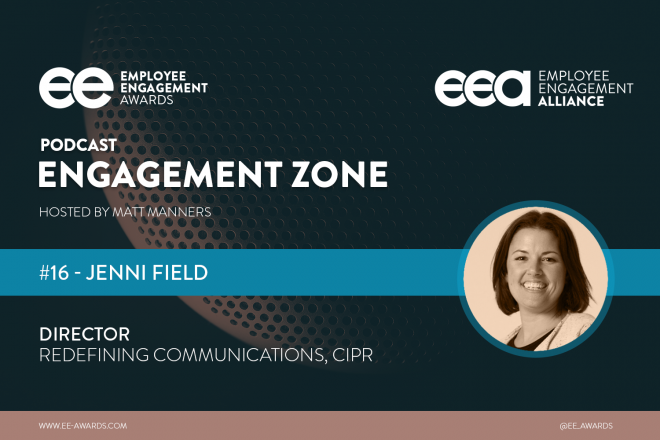
13th February 2024
Enhance work performance through prioritizing employee growth

Creating a high-performance workplace involves instilling a high-development culture that values individual growth. Organizations investing in employee development report 11% higher profitability and higher retention rates. Four key strategies set such workplaces apart: 1) Ensuring employee engagement to prevent talent loss, 2) Recognizing that development doesn’t always mean promotion but aligning employees’ strengths with their roles, 3) Managers acting as coaches for individual development, and 4) Leadership commitment to a culture of high performance. Such a focus on development not only retains top talent but attracts more, ultimately benefiting the company’s growth and future.
This article was written by Rob Desimone and published in Gallup:
You’ve heard of high-performance workplaces, but how do they become “high-performance”?
Gallup has discovered that one of the most important factors in creating a high-performance workplace is instilling a high-development culture: one that values the growth of individuals.
Organizations that have made a strategic investment in employee development, Gallup finds, report 11% greater profitability and are twice as likely to retain their employees.
It makes sense. High-achieving people (the ones who can grow your company) seek development. And all employees have a psychological need to learn and grow as human beings. Development at work satisfies two of the five essential elements of wellbeing by fulfilling a person’s drive for career and social wellbeing. Having a sense of purpose makes people feel great about what they do at work and helps them enrich and deepen their relationships outside of it.
- Nearly nine in 10 millennials say professional development or career growth opportunities are very important to them in a job.
- “Career growth opportunities” is the No. 1 reason people give for changing jobs.
People need to be connected and involved in their workplace, and they want to be when that workplace offers them not only purpose, but also employee training and development.
How to Create a High-Development Culture
Creating a high-development culture means more than adding a few learning programs and employee development plans to the roster. Here are four strategies that set the highest-performing workplaces apart:
1. They protect their investment in employee development with a focus on increasing employee engagement. Many leaders fear that they will invest in their employees’ development only to see them walk out the door anyway. This does happen — but the best way to keep it from happening is to secure people’s psychological commitment through an employee engagement strategy.
Organizations can foster commitment and improve engagement by meeting employees’ basic needs with clear expectations, sincere recognition, the right materials and equipment — and the rest of the 12 elements we outline in our employee engagement practices.
People won’t stay with an organization or perform at their best — even if they’re given lots of development and learning opportunities — if they’re not engaged in their work and committed to the company.
2. They avoid the most common misunderstanding about development. Companies have typically defined growth and development as a promotion. While effective development may involve a promotion, it doesn’t have to. Often, the employees who are really good at what they’re currently doing don’t necessarily want to be promoted — but they still want growth.
From Gallup’s extensive workplace research, development should primarily be:
A process of understanding each person’s unique talents (naturally recurring patterns of thought, feeling or behavior that can be productively applied) and finding roles, positions and projects that allow them to combine their talents and abilities with experiences to build strengths (the ability to consistently provide near-perfect performance in a specific activity).
Giving people the opportunity to understand themselves, develop what they’re good at and use their strengths every day at work can be more fulfilling than a new title for most of your employees.
Read the full article to find out the other two strategies that set the highest-performing workplaces apart
Our new consulting division can help you build an inspiring culture of Belief and Belonging in your organization
Find out more here





